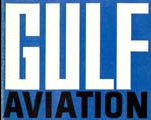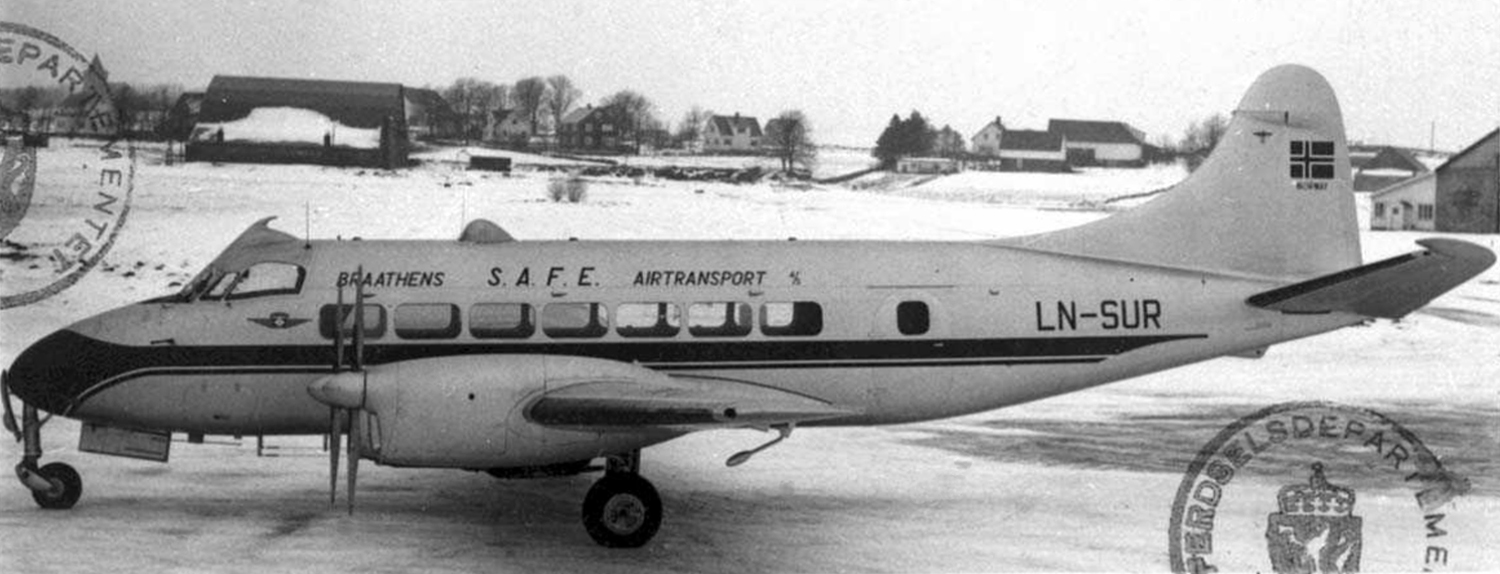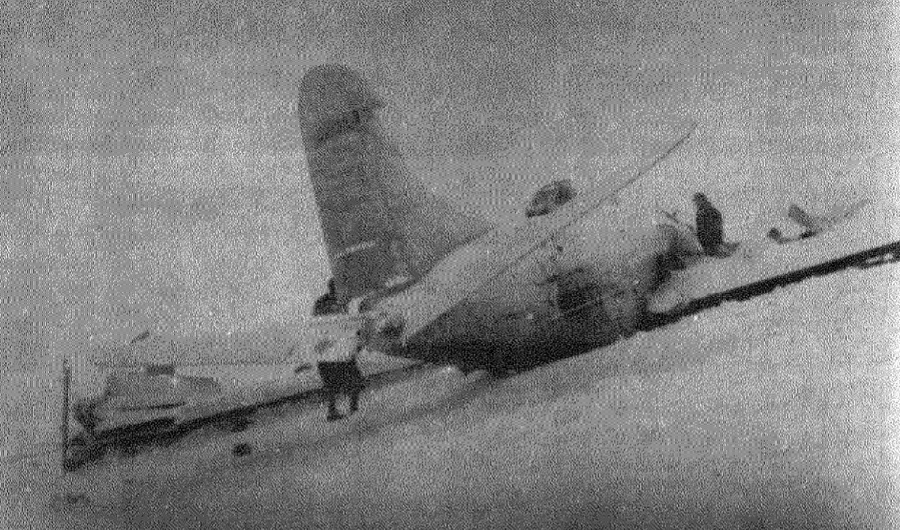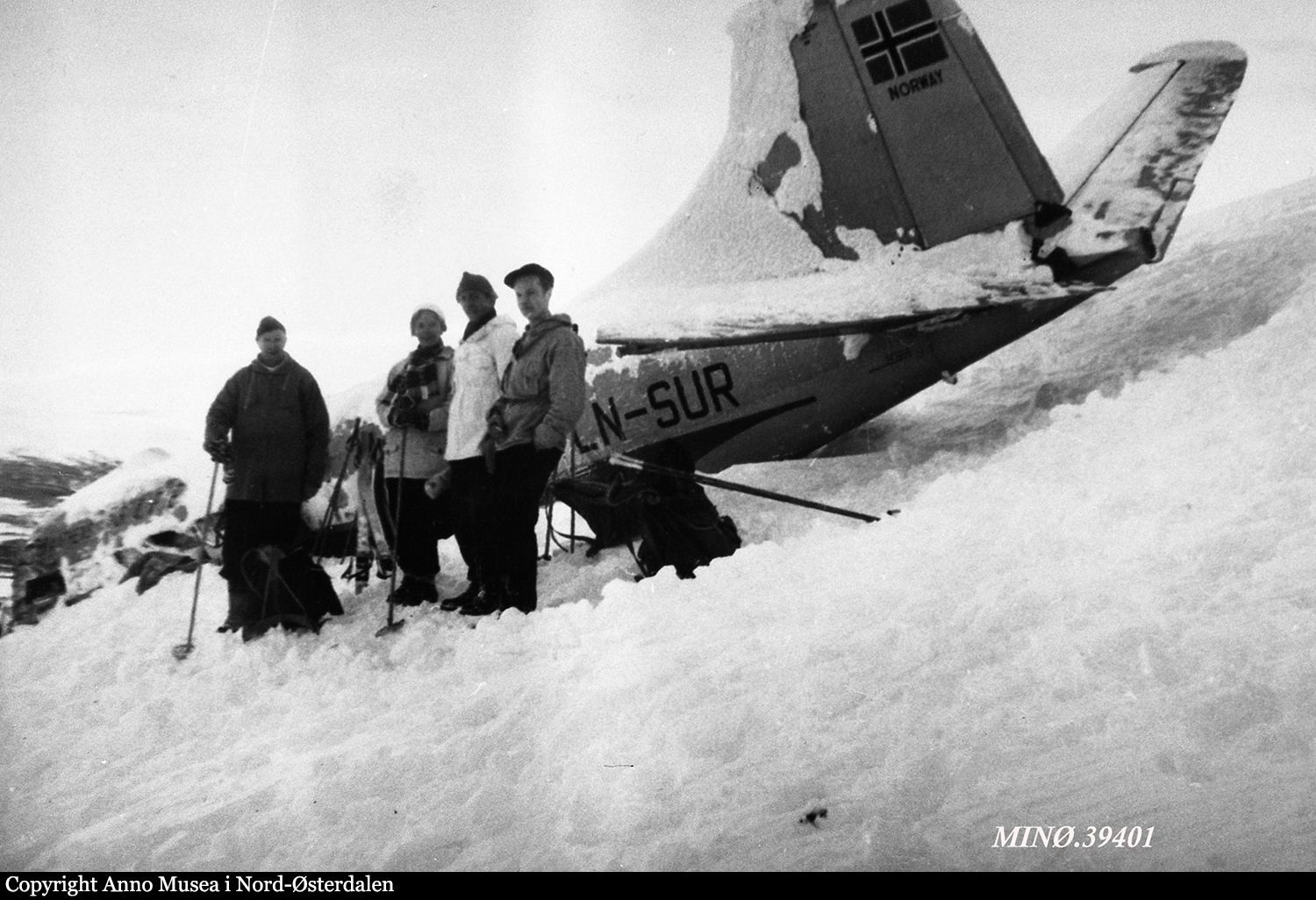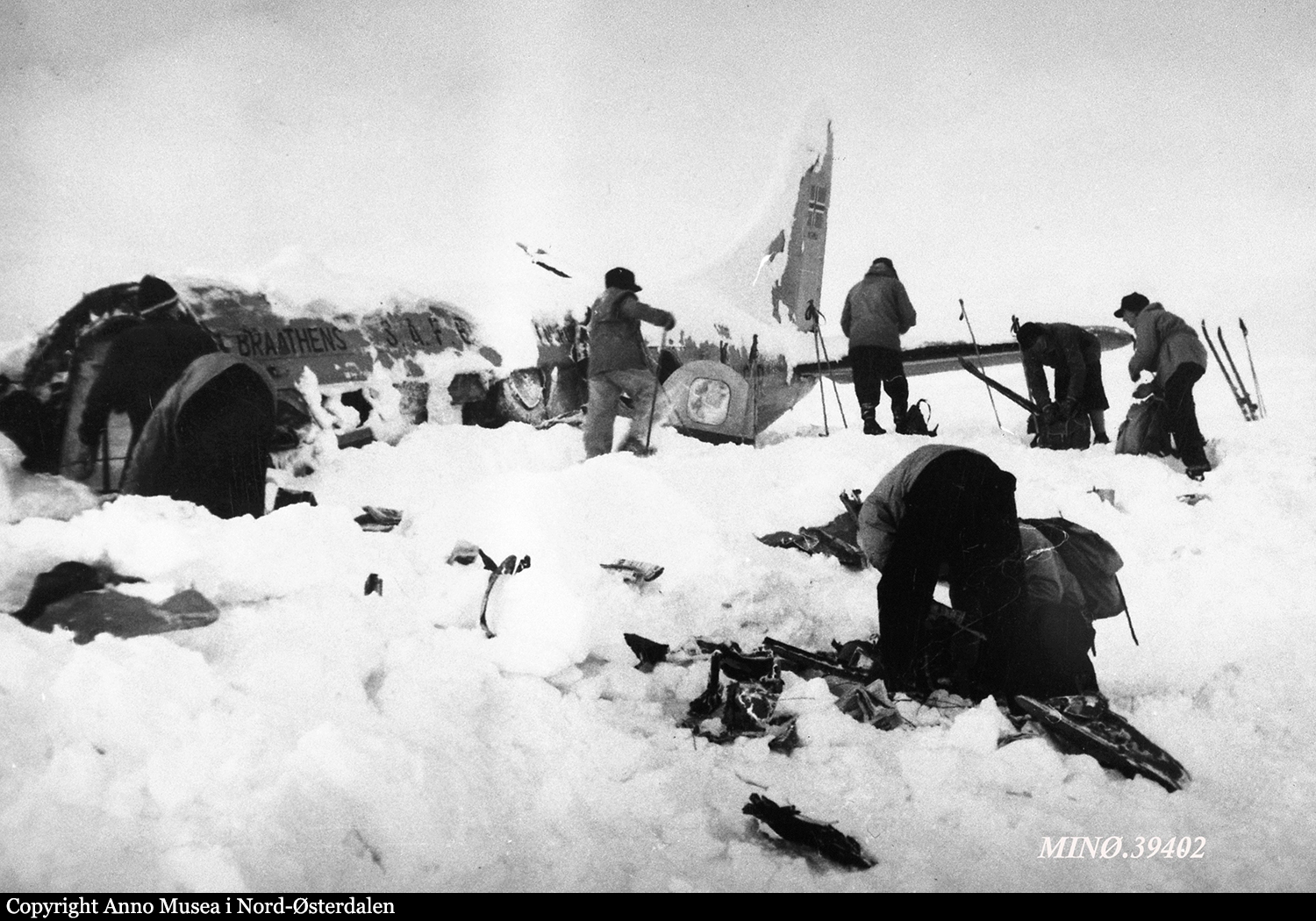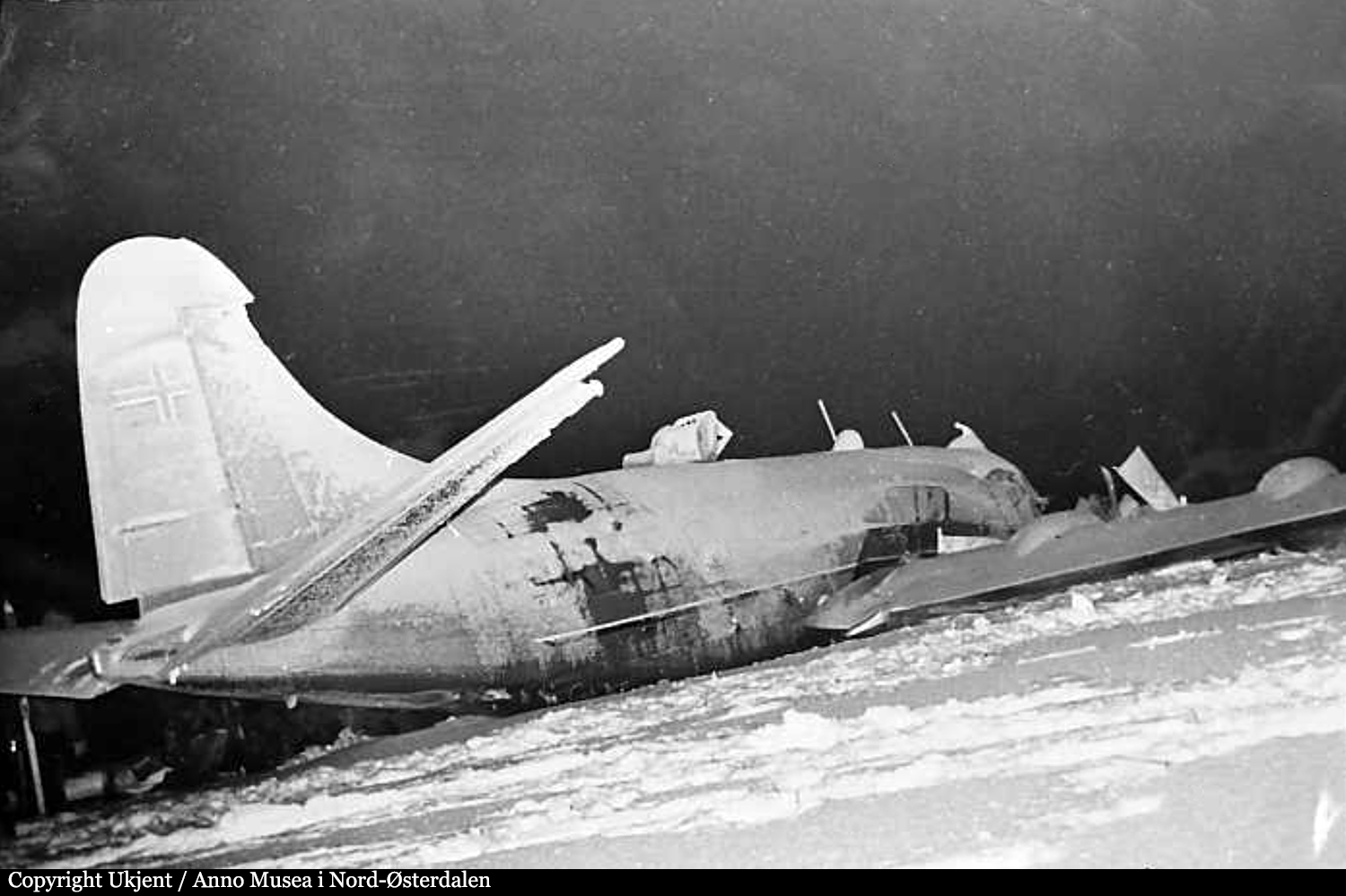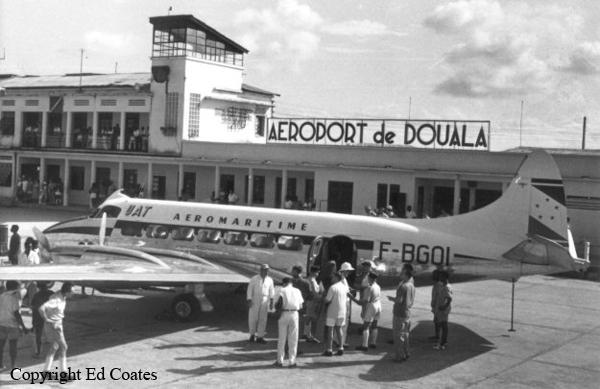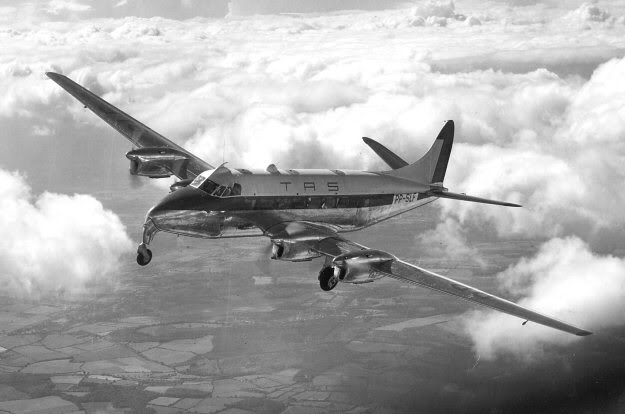Crash of a De Havilland DH.114 2D Heron off Barcelona: 16 killed
Date & Time:
Apr 14, 1958 at 2107 LT
Registration:
EC-ANJ
Survivors:
No
Schedule:
Zaragoza – Barcelona
MSN:
14113
YOM:
1957
Crew on board:
2
Crew fatalities:
Pax on board:
14
Pax fatalities:
Other fatalities:
Total fatalities:
16
Circumstances:
The Aviaco flight departed Zaragoza at 1919LT for a flight to Barcelona. At 2006LT the aircraft reported on a wide base leg and asked visibility data. Another aircraft (EC-AEJ) was ready for departure from Barcelona at that moment, but takeoff permission had been refused. When the Aviaco Heron reported 5 minutes away, the EC-AEJ aircraft was cleared for takeoff. Shortly thereafter both planes were flying at 150 m altitude on intersecting tracks. The Heron was forced to take a sudden avoidance manoeuvre and lost control. The plane crashed into the sea off Castelldefels and was lost. All 16 occupants have been killed.
Probable cause:
The fact that EC-AEJ was permitted to takeoff without the exact position of EC-ANJ being known. During avoidance action taken by EC-ANJ, loss of control occurred, and the aircraft fell into the sea.



